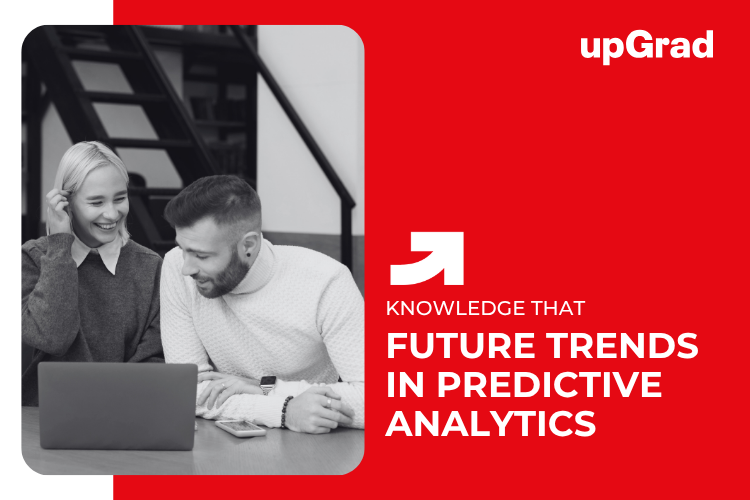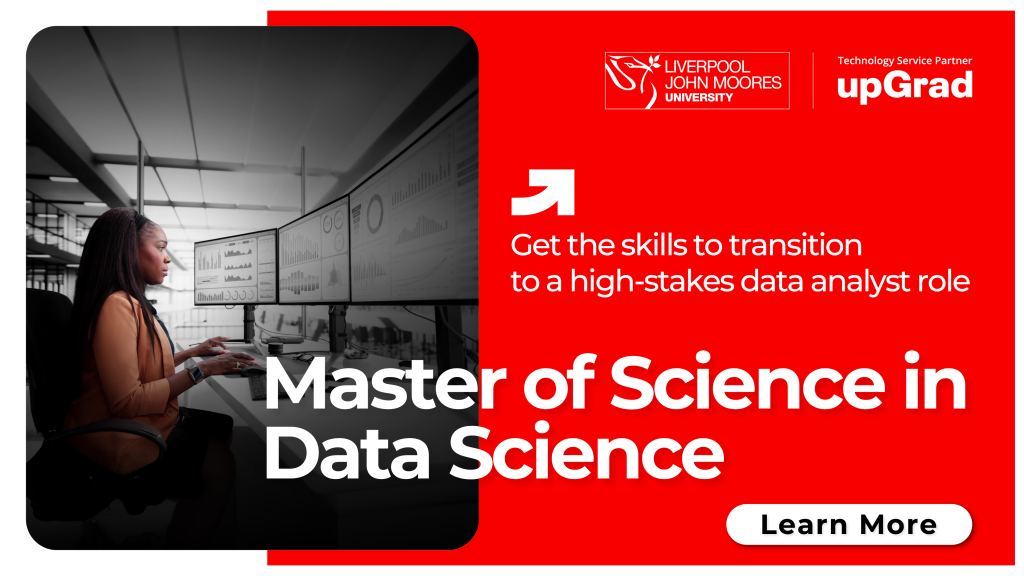Predicting the future was once a fictional concept. But the advent of predictive analytics has made it possible. In fact, it has become an integral part of different industries to predict future trends and patterns. Dive into this article to learn more about the concept of predictive analytics.
4 Key Components of Predictive Analytics
Predictive analytics involves various components to derive valuable insights from data. The valuable insights are then used to make predictions. The key components are as follows:
Data collection
The first step in it revolves around collecting data. It involves finding reliable data sources and gathering reliable data from them. The data should be accurate enough to create robust predictive models.
Also Read: Data Science Master’s Vs. Self-Learning In Singapore
Data pre-processing
After data is collected, it is pre-processed and made suitable for analysis. It involves performing functions like data cleaning and dealing with missing data. Pre-processing is crucial for ensuring that data is well-prepared for modelling and analysis.
Modelling
Data modelling involves finding the right statistical or machine learning techniques for developing predictive models. These models are used to learn from historical data patterns and make predictions on new or unseen data. Some common data modelling techniques include decision trees, support vector machines, regression analysis, and more.
Evaluation
Predictive models must be evaluated to determine their effectiveness and accuracy. Some metrics for evaluation include precision, accuracy, and recall. It helps determine whether the predictive models are reliable and robust enough to spot areas for improvement.
Also Read: How to Start a Career in Data Science in Singapore
The Future of Predictive Analytics
In the future, real-time predictive analysis will be possible. With instant predictions on live data, business operations will get revolutionized. It will allow businesses to respond to changes faster and more efficiently. Real-time predictive analytics will be aided by advancements in the field of AI and machine learning.
In the future, it will also be seamlessly integrated with human intuition. It will lead to the formation of more well-rounded decisions. The combination of human judgment and predictive analytics will help businesses reach new heights of innovation and planning.
Also Read: Basics of Data Analytics: 10 Essential Skills for Success in 2026
Ending Note on Predictive Analytics
If you understand the meaning, you will realize that it can unlock huge potential in different industries. By incorporating it in their decision-making process, organizations will be able to formulate informed decisions, follow trends, and gain a competitive advantage.
Explore the following Data Science programs through upGrad to get the best experience in formal education:
- Master of Science in Data Science – Liverpool John Moores University
- Post Graduate Certificate in Data Science & AI (Executive) – IIT Bangalore
For more information, email at query@upgrad.com or call +65-6232-6730
🎓 Explore Our Top-Rated Courses in Singapore
Take the next step in your career with industry-relevant online courses designed for working professionals in Singapore.
FAQs on Predictive Analytics
Q: How can predictive analytics help guess the future?
Ans: Predictive analytics can make future predictions by combining historical data with statistical modelling, machine learning, and different data mining techniques. Businesses leverage it to detect opportunities and risks.
Q: What is the point of comparison between predictive and prescriptive analytics?
Ans: It helps identify future outcomes, while prescriptive analytics is for understanding what you can do about it. Prescription analytics also helps you understand how you can achieve better outcomes by doing certain things.
Q: Which industries can benefit from the power of predictive analytics?
Ans: Almost every industry has the potential to improve massively with the help of it. For instance, in the healthcare sector it can improve patient well-being and optimize resource allocation.
Q: What skills are required for predictive analysis jobs?
Ans: If you are looking for predictive analysis jobs, you will need in-depth knowledge of data mining, statistical analysis, and machine learning algorithms. Apart from that, knowledge of programming languages like Python or R and familiarity with different analytics tools are also required.
Q: What is the future of predictive analytics in business?
Ans: The future of predictive analytics lies in deeper AI integration, real-time data processing, and more accurate forecasting across industries like healthcare, finance, and retail. Businesses will increasingly rely on predictive models for decision-making and customer personalization.









